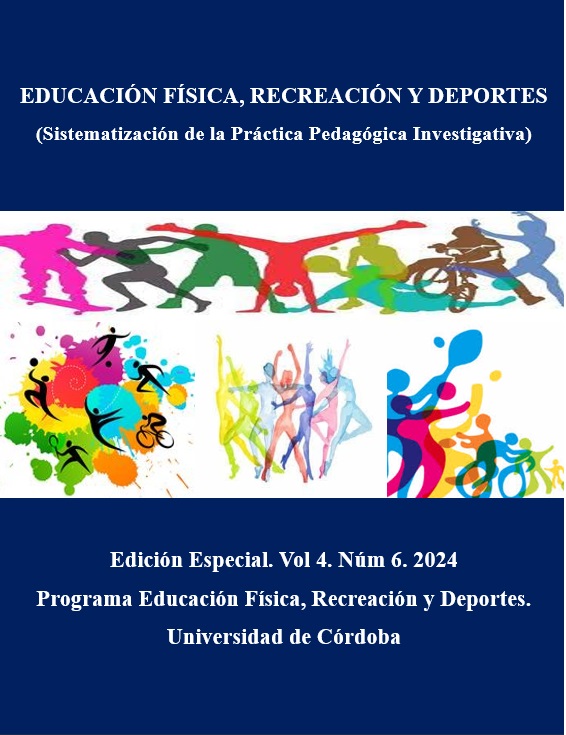Analysis of sedentary lifestyle in 8th grade students of the Normal Higher Educational Institution
Abstract
The present research analyzes sedentary lifestyle in eighth grade students of the Normal Higher Educational Institution, seeking to understand its impact on the physical and emotional health of this population. For this reason, the objective was to evaluate the levels of physical inactivity through a quantitative and descriptive approach, using surveys applied to a representative sample of students. The results showed an alarming level of sedentary lifestyle: 85% do little or no weekly exercise, 70% perceive their physical level as low, and 75% spend long hours in front of screens. Additionally, 95% report long periods of sitting and most have minimal participation in physical activities with their families. These data reflect a general trend toward inactivity, which puts the physical and emotional well-being of students at risk. It is concluded that interactive and inclusive strategies in the classroom can be effective to counteract this problem, improving motor skills and promoting an active lifestyle. The research highlights the importance of implementing concrete actions to reduce sedentary lifestyle, promoting healthy habits that benefit both your present and your future.
Downloads
References
Darling-Hammond, L. (2006). Constructing 21st-Century Teacher Education. Journal of Teacher Education, 57(3), 300-314.
Gallahue, D. L., & Ozmun, J. C. (2006). Understanding Motor Development: Infants, Children, Adolescents, Adults. McGraw-Hill.
Hattie, J. (2009). Visible Learning: A Synthesis of Over 800 Meta Analyses Relating to Achievement. Routledge.
Johnson, D. W., & Johnson, R. T. (1994). Learning Together and Alone: Cooperative, Competitive, and Individualistic Learning. Allyn & Bacon.
OCDE. (2018). The Future of Education and Skills: Education 2030. OECD Publishing.
Piaget, J. (1976). The Child and Reality: Problems of Genetic Psychology. Viking Press.
Schunk, D. H. (2012). Learning Theories: An Educational Perspective. Pearson.
Tomlinson, C. A. (2001). How to Differentiate Instruction in Mixed-Ability Classrooms. ASCD.
UNESCO. (2005). Guidelines for Inclusion: Ensuring Access to Education for All. UNESCO Publishing.
Copyright (c) 2024 Camilo Andrés Torres Cuitiva,Wilber Antonio Baquero Humanez,Jorge Andrés Díaz Bernal,Juan Carlos Ramos Bello

This work is licensed under a Creative Commons Attribution-NonCommercial-NoDerivatives 4.0 International License.






